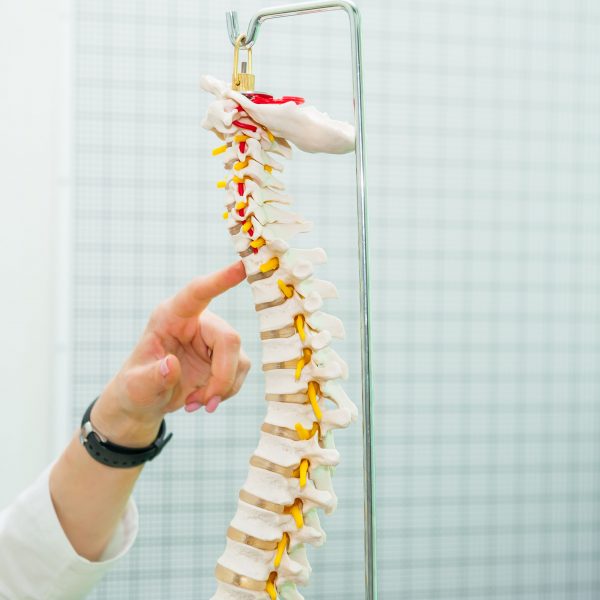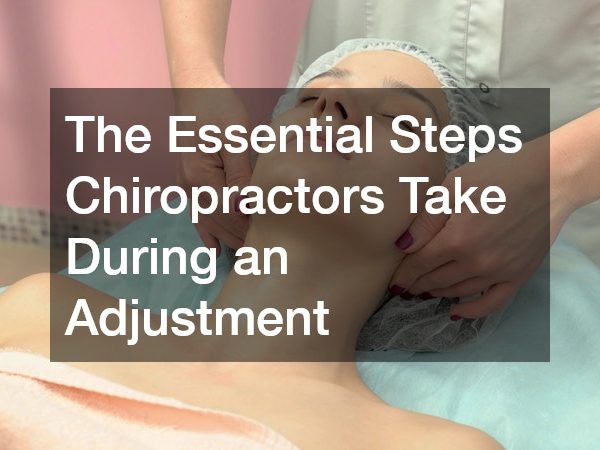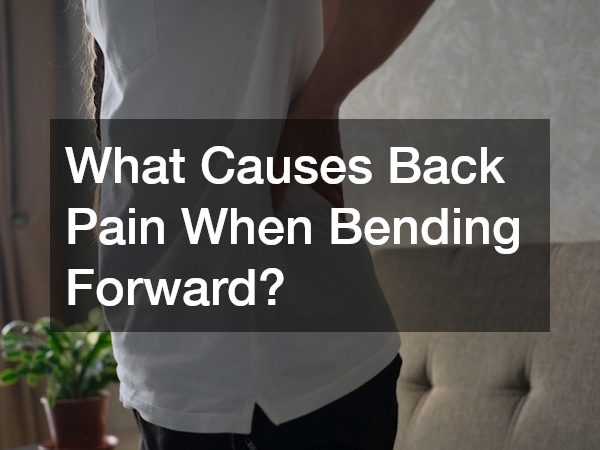When it comes to teeth, there are a lot of myths floating around. From fluoride to flossing, it can be hard to sort out the fact from the fiction. So it’s time to set the record straight on five of the most common myths regarding teeth. Keep reading to learn the truth about your teeth!
Myth #1: Teeth Whitening is Bad for Your Teeth
Wrong! Teeth whitening is good for your teeth— as long as it’s done correctly. When you use a peroxide-based whitening gel or toothpaste, you’re helping to remove stains and blemishes from your teeth. Just be sure to follow the directions on the package carefully and never use more whitening gel than is recommended. However, if you don’t trust teeth whitening products, then consider these natural options for whitening your teeth.
- Baking Soda: Baking soda is a natural cleaner that can remove stains from your teeth. Wet your toothbrush, dip it in baking soda, and brush your teeth as usual. You can do this once a week.
- Lemons: Lemons are full of citric acid, which can help to whiten teeth. Rub a lemon peel on your teeth for a minute or two, then brush your teeth as usual. Or, mix lemon juice and water in equal parts and use them as a mouthwash.

Myth #2: You Don’t Need to Floss
This one couldn’t be further from the truth! While brushing your teeth twice a day is essential, it’s not enough to keep them healthy and cavity-free. You must floss daily to remove plaque and bacteria from between your teeth and below your gum line. So don’t skip the floss! If you don’t like flossing, then you also have other options. Here are some of them:
Oil pulling
This ancient practice involves swishing oil around your mouth for 20 minutes daily. Not only does oil pulling help to remove plaque, but it also helps to freshen your breath.
Water flossing
Water flossers are a great alternative to traditional floss. These devices shoot a stream of water between your teeth, helping to remove plaque and bacteria.
Interdental brushes
These small, bristled brushes are designed to clean your teeth. They’re a great alternative to floss for those with larger gaps between their teeth.
Myth #3: You Don’t Need Teeth Removal Services
Loose teeth fall off. This is something that most people have learned at a young age. Even if a tooth is slightly loose, it will eventually fall out. However, this isn’t always the case. If you have a tooth that is severely decayed or damaged, it may need to be removed by a dentist.
Additionally, if you have an impacted wisdom tooth, you’ll need to get it removed immediately. These kinds of teeth bring a lot of problems with them, such as pain, infection, and damage to other teeth. They can also cause severe damage to your mouth if they’re not removed in time, and unlike other teeth, they won’t fall off. Instead, it will continue to grow and press against your other teeth, which can cause a lot of pain.
Myth #4: Sugar is the Only Thing That Causes Cavities
While sugary foods and drinks are a major cause of cavities, they’re not the only thing that can lead to tooth decay. Acidic foods and drinks (fruit juice, soda, vinegar) can also cause cavities by wearing away tooth enamel. If you’ve gained some cavities because of these things, consider these options to help you avoid them in the future:
Drinking With Straw
If you want the simplest option to reduce your risk of cavities, drink sugary beverages with a straw. Sipping sugary drinks through a straw will help to keep the sugar away from your teeth.
Rinsing With Water
If you can’t avoid acidic foods and drinks, rinse your mouth with water afterward. This will help to neutralize the acid and wash away any harmful particles.
Chewing sugarless gum
Another great way to reduce your risk of cavities is to chew sugar-free gum after eating or drinking. This will help to increase saliva production, which will, in turn, neutralize the acid and wash away harmful particles.
Myth #5: As Long as My Gums Don’t Bleed, I’m Fine
Wrong again! Certain diseases don’t have symptoms of bleeding gums. For example, the early stages of periodontitis (gum disease) don’t necessarily lead to bleeding gums. So, just because your gums aren’t bleeding doesn’t mean they’re healthy. Some common symptoms include:
- Swollen gums
- red gums
- receding gums
- discharge from gums
- painful gums
So even if your gums aren’t bleeding but experiencing the different symptoms above, you likely have gum disease.
There you have it—the truth about five common myths regarding teeth! Now that you know the facts, you can care for your teeth properly and avoid cavities. So ensure you don’t fall for anymore dental myths— brush and floss regularly, and see your dentist for regular checkups!






